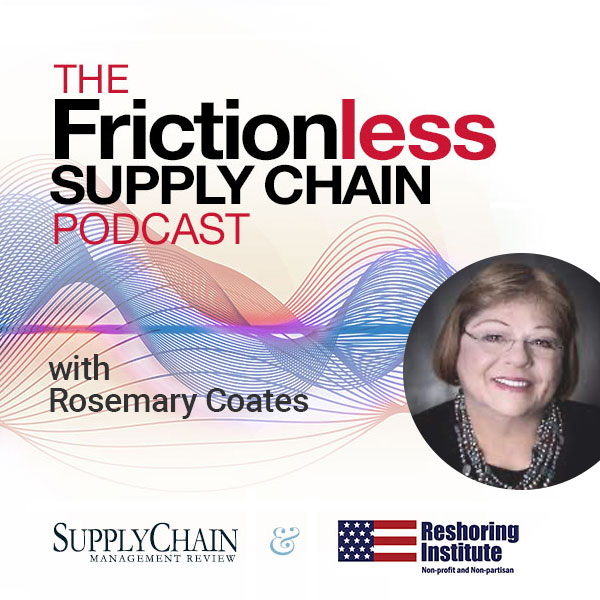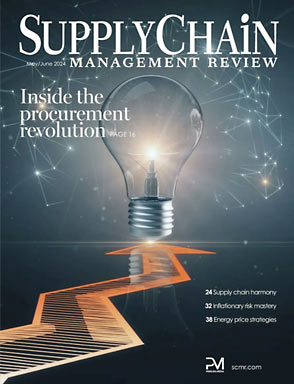Editor’s Note: The SCM thesis Cheaper and Better: Optimizing E-Commerce Product Returns Management was authored by Felicia Chen and Tejinder Singh and supervised by Dr. Inma Borrella ([email protected]) and Dr. Edgar Gutierrez-Franco ([email protected]). For more information on the research, please contact the thesis supervisors.
In e-commerce, product returns are an inescapable part of business. While not exclusive to online retailers, this phenomenon is far more prevalent for them than for brick-and-mortar stores. This trend shows no signs of abating, given the rapid growth of e-commerce sales globally.
Product returns generate significant costs for online retailers. Tangible costs are incurred in the form of lost sales as well as the costs of collecting and processing returns. Intangible costs include loss of customers’ goodwill . Collectively, these losses result in lower margins for online retailers.
However, the cost of handling product returns often gets neglected. Although product returns constitute 22% of overall revenue, little has been done to leverage technology to improve cost efficiencies in this area. In our project, we introduced an innovative way to improve cost efficiencies in handling product returns through the lens of Lazada Group, an e-commerce giant in Southeast Asia.
The menace of return costs
Lazada is currently grappling with a very complex, decade-old decision algorithm that has obsolete decision nodes. However, even today, most of the commercial tools available provide only siloed solutions. They focus primarily on:
- Defining/analyzing/characterizing the interrelationship between customer loyalty and product return experience,
- Tackling fraudulent returns,
- Optimizing first or last mile logistics, and
- Other specific components of dealing with returns.
These isolated approaches have failed to provide an end-to-end solution that firms can rely on. Our project targeted this gap. By combining a simulation model and a rule-based expert system, we developed an analytical tool as a comprehensive solution.
A return to profitability
This simulation model reflects existing processes and encompasses all cost components of product returns, while the rule-based expert system captures the knowledge of the current decision rules in use. We combined the two to create a decision-support tool capable of managing numerous complex, interrelated decisions.
With our decision-support tool, we can gain insights into the cost of handling returns by doing sensitivity analysis on selective parameters. By varying these parameters, we can identify relationships between them. Knowing how these parameters impact the total cost of returns helps determine their cost-optimal value or range.
Our decision-support tool can also be used to run alternative scenarios to test the cost-effectiveness of changes in handling returns. In the course of doing business, managers face decision dilemmas. This tool can be used to develop and evaluate alternative product-returns-management scenarios that companies can use to predict the total cost of returns.
In the case of Lazada, several options were proposed. After evaluating the difficulty of implementing these options, the ones that can be easily implemented were combined, resulting in quick savings of 12% in returns costs. Furthermore, in the long run, by diving deeper into the recommendations, there is potential to save more than 50% of current returns costs.
Finally, although developed specifically for the return processes of Lazada Group, the decision-support tool is adaptable to fit any online retailer’s reverse logistics network by tweaking some of the decision node parameters. Our tool will allow management to take data-backed decisions, understand the resultant costs of these decisions, and reduce the total cost of returns.
Every year, approximately 80 students in the MIT Center for Transportation & Logistics’s (MIT CTL) Master of Supply Chain Management (SCM) program complete approximately 45 one-year research projects. These students are early-career business professionals from multiple countries, with two to 10 years of experience in the industry. Most of the research projects are chosen, sponsored by, and carried out in collaboration with multinational corporations. Joint teams that include MIT SCM students and MIT CTL faculty work on real-world problems. In this series, they summarize a selection of the latest SCM research.
SC
MR


Latest Supply Chain News
- April manufacturing output slides after growing in March
- Q1 sees a solid finish with positive U.S.-bound import growth, notes S&P Global Market Intelligence
- World Trade Centers offers a helping hand to create resilient, interconnected supply chains
- 6 Questions With … Sandeep Bhide
- MIT CTL offering humanitarian logistics course
- More News
Latest Podcast

 Explore
Explore
Latest Supply Chain News
- April manufacturing output slides after growing in March
- Q1 sees a solid finish with positive U.S.-bound import growth, notes S&P Global Market Intelligence
- World Trade Centers offers a helping hand to create resilient, interconnected supply chains
- 6 Questions With … Sandeep Bhide
- MIT CTL offering humanitarian logistics course
- Bridging the ESG gap in supply chain management: From ambition to action
- More latest news
Latest Resources

Subscribe

Supply Chain Management Review delivers the best industry content.

Editors’ Picks





